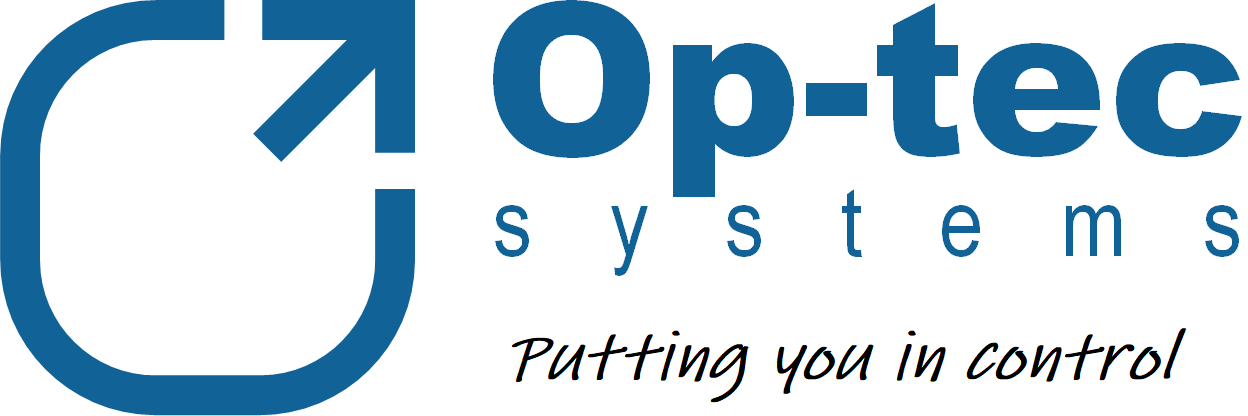Whatever the sector, the industry, the process, the machine, the component, things will go wrong. Component failures cause machine downtime, processes get interrupted, an entire industry may be affected by the same root cause, bringing similar problems across a whole sector.
One recent example is the food retail sector. Refrigeration fails during the hot spells of (even our British) summers. Why? If reliability can be improved, then how?
Why? Because refrigeration systems become overloaded when ambient exceeds the temperature that the system was designed to operate in. High temperature will cause rising condensing pressure until a protection switch operates to shut the system down before something bursts. The refrigeration effect is lost, stock is lost, sales are lost.
But what if the operating characteristics of the machine could be modified so that overload conditions were never reached? What if an alert could be raised to indicate that incipient overload conditions were developing and that corrective action was being taken automatically, together with indication of the impact on overall performance? How would I operate this machine if I had manual access to all the controls? If you see a pothole in the road ahead you don’t drive into it, you don’t stop at it, you steer round it and continue your journey. This can be automated.
Taking the refrigeration high pressure switch as the example, high pressure trips can be avoided by increasing the condenser cooling available, or reducing the heat transfer to a level that the condenser can deal with. If the condenser is at maximum capacity, then limiting the heat pumped by the compressors will keep the system operating with reduced refrigeration effect, an alert can be generated, and corrective action can be taken before a total failure occurs. The refrigeration effect is retained, stock is saved, sales increase because competitors have had failures, and their refrigerated shelves are empty.
A variety of other conditions can stop a refrigeration system in addition to high condensing pressure. For example, high (or low) evaporating pressure, discharge gas over-temperature, motor over-temperature, motor over-current, oil pressure failure, oil flow failure, to name a few.
Frequently these analogue values are converted into a digital input by a limit switch. Alternatively, systems use analogue inputs to a control system and then process them to stop the process when a threshold is reached as if they were a limit switch. This is not getting the best out of a PLC. A PLC programmed to take corrective action by ‘steering round the pothole’, applying an override function to limit the output may be written into any control loop where it will prevent threshold values from being exceeded.
Taking the refrigeration system high condensing pressure example, there will be a control loop having increasing output with increasing process variable, a limit loop having decreasing output as displacement from the limit value reduces, and a minimum value selector so that the limit overrides the control, keeping the system machine or process running in a safe operating condition. When the override is active the heat load on the condenser can be limited by shutting down the least critical evaporators or reducing the capacity of the compressors, or both. Simultaneously, an alert can be generated, and work put in hand to have the fault rectified.
The result: downtime avoided, productivity increased, and a step taken towards Absolute Reliability.
Does it work? Yes.
How long has it been around for? Decades.
Who did it first? I did, using Staefa’s AS1000 back in 1991. Any challengers?
Why isn’t it more widely used? Smart controllers have never been this cheap in real terms, so only now is it gaining acceptance.
Connect smart controllers with smart programmers and you’re ahead of the competition.

